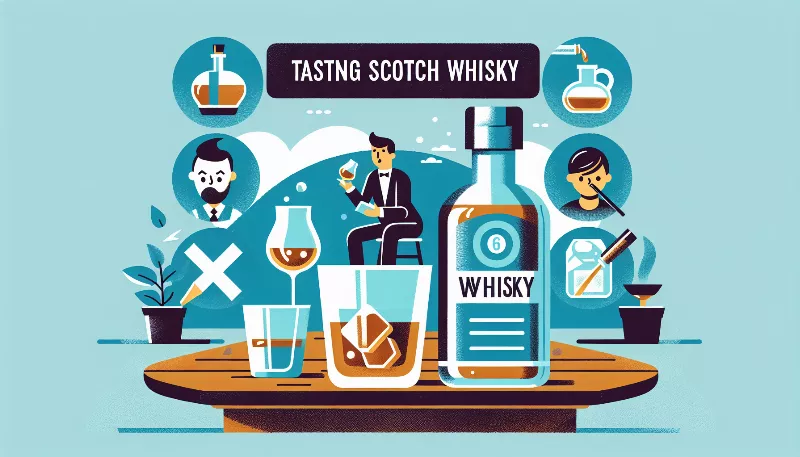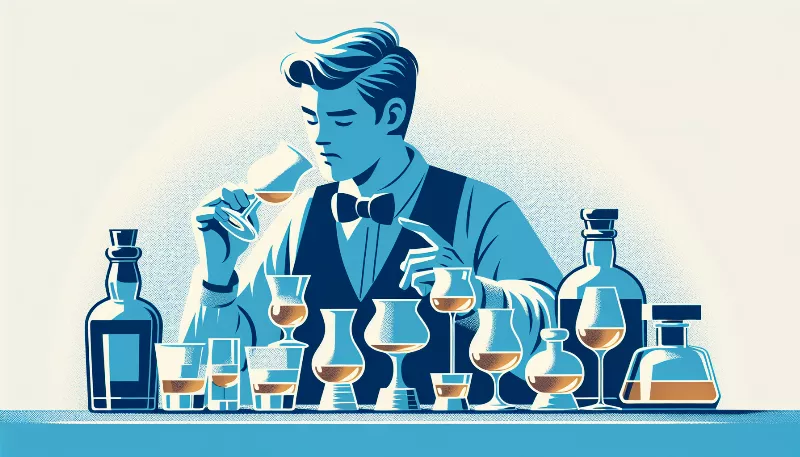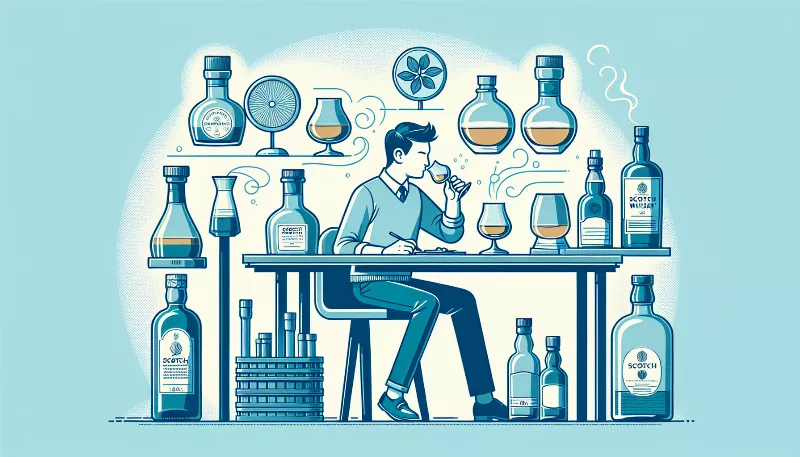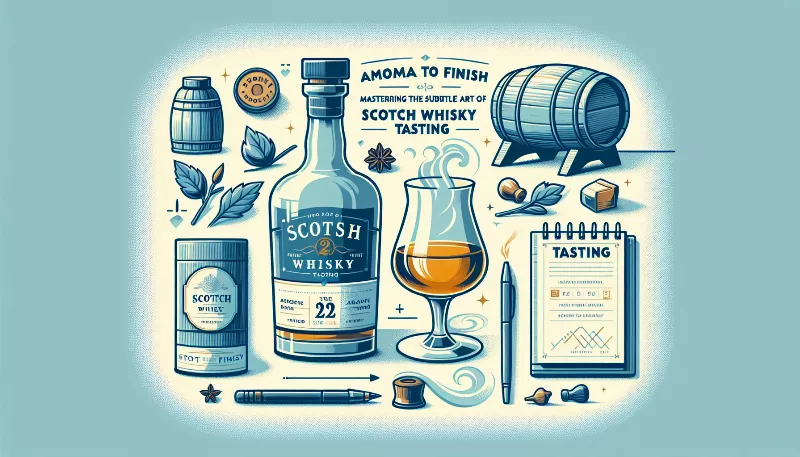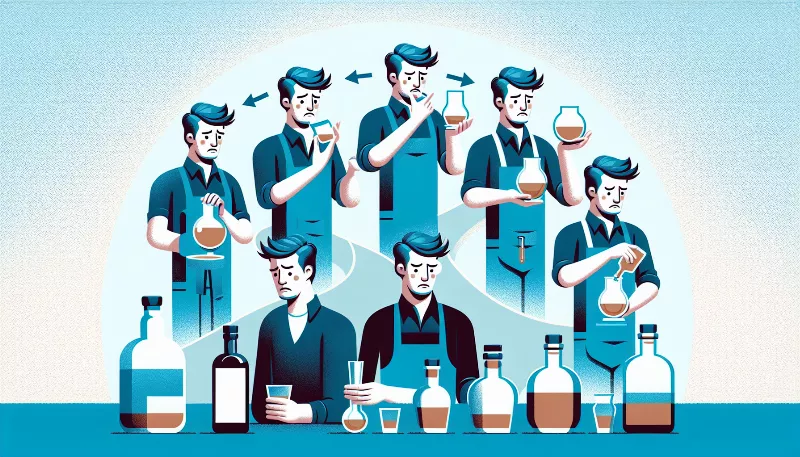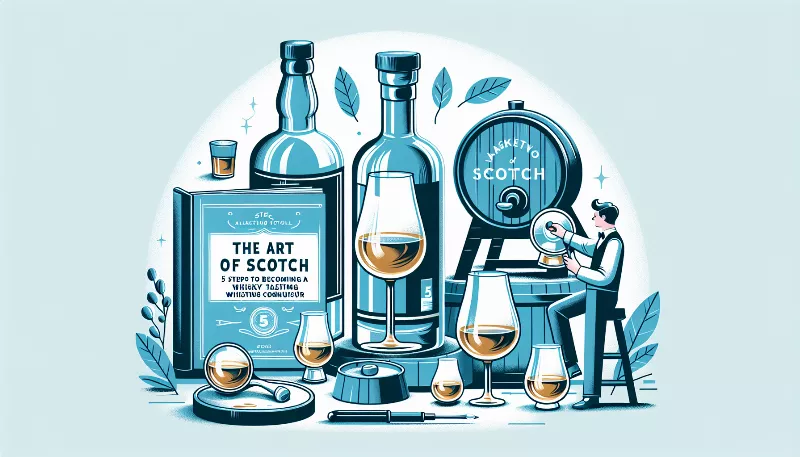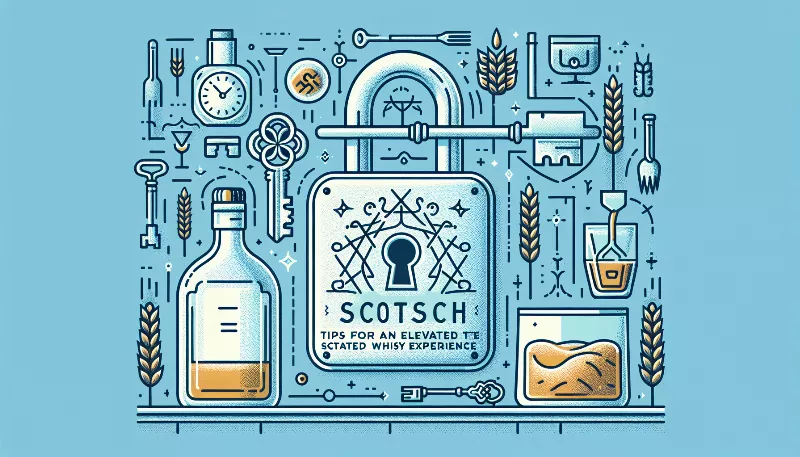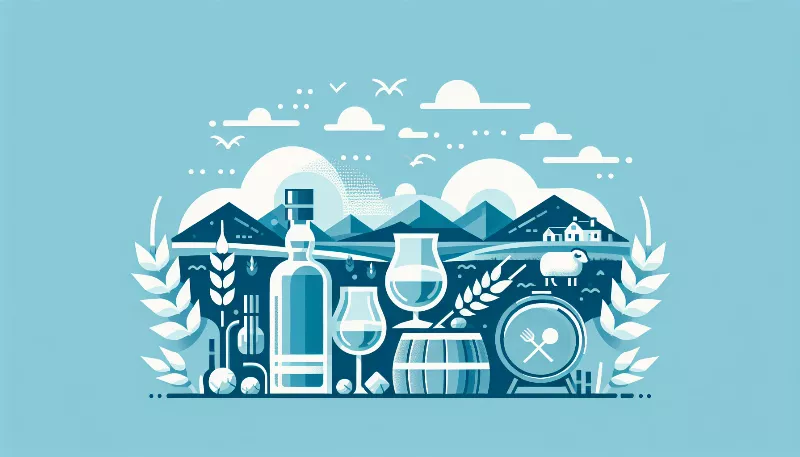How has the production of Scotch whisky evolved over the years?
Discover the rich history of Scotch whisky production, from traditional distilling methods to modern innovations. Uncover the evolution of Scotland's finest.
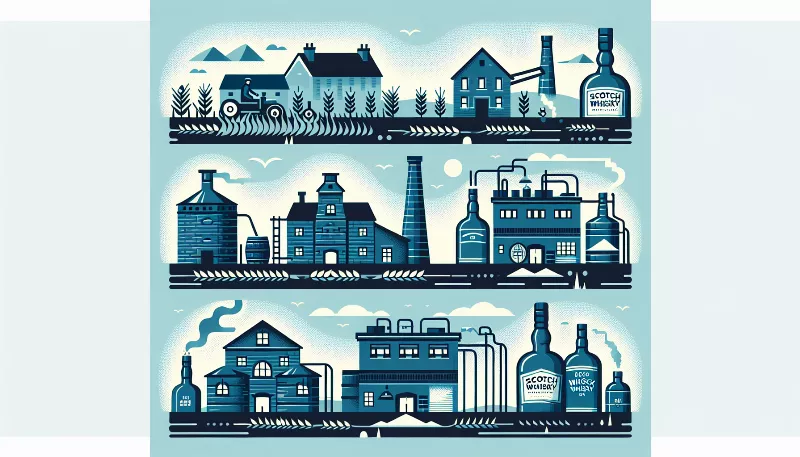
The Birth of Scotch Whisky
Scotch whisky, often simply called Scotch, is malt whisky or grain whisky (or a blend of the two), made in Scotland. Its production has a storied history, with the first written mention dating back to 1496. However, it's believed that the distillation process was introduced to Scotland by monks in the 4th and 5th centuries. The early production of Scotch was rudimentary, using basic pot stills heated over open flames. The spirit was potent and not aged, making it quite different from the smooth, complex whiskies we enjoy today.
The Evolution of Distillation Techniques
Over the centuries, the distillation process has seen significant refinement. The introduction of the continuous still in the 19th century by Aeneas Coffey revolutionized Scotch production. This allowed for a more efficient and consistent distillation process, leading to higher yields and a more uniform product. The continuous still is particularly important in the production of grain whisky, which is lighter in flavor and body compared to malt whisky, which is traditionally made with pot stills.
Aging and Maturation
The practice of aging whisky in oak barrels has had perhaps the most profound impact on the evolution of Scotch. Initially, aging was not a deliberate part of the process; it occurred incidentally as whisky was stored and transported in wooden casks. Over time, distillers began to notice the positive effects of aging on the flavor of the whisky. By the 19th century, aging Scotch whisky for extended periods became standard practice, with the understanding that the interaction between the wood and the spirit mellowed the whisky and added complexity to its flavor profile.
Regulation and Standardization
With the increasing popularity of Scotch worldwide, the need for regulation and standardization became apparent. The Scotch Whisky Association (SWA) was formed to protect the integrity of Scotch whisky. Laws were enacted to define what can be legally sold as Scotch whisky, including requirements for production methods and minimum aging periods. These regulations have helped maintain the high quality and reputation of Scotch whisky on the global stage.
Technological Advancements and Sustainability
In recent years, the Scotch whisky industry has embraced technological advancements and sustainability. Modern distilleries now use computer-controlled processes to monitor and adjust every aspect of production, ensuring consistency and quality. Additionally, there is a growing emphasis on sustainability, with distilleries investing in renewable energy sources, reducing water usage, and finding innovative ways to repurpose by-products such as spent grains.
The Art of Blending
The art of blending different types of whisky to create a harmonious final product is a relatively modern development in the history of Scotch. Master blenders use their expertise to combine various malt and grain whiskies, balancing flavors to produce a consistent and appealing product. Blended Scotch whiskies now make up a significant portion of the market, offering a range of flavors and price points for consumers.
Conclusion: A Tradition of Innovation
The production of Scotch whisky has come a long way from its humble beginnings. Through centuries of tradition and innovation, it has evolved into a sophisticated and highly regulated industry. The commitment to quality and craftsmanship remains at the heart of Scotch production, even as modern techniques and sustainability measures point the way forward. As we raise a glass to the rich history of Scotch, we can also look ahead to its promising future, where tradition and innovation continue to blend seamlessly.

